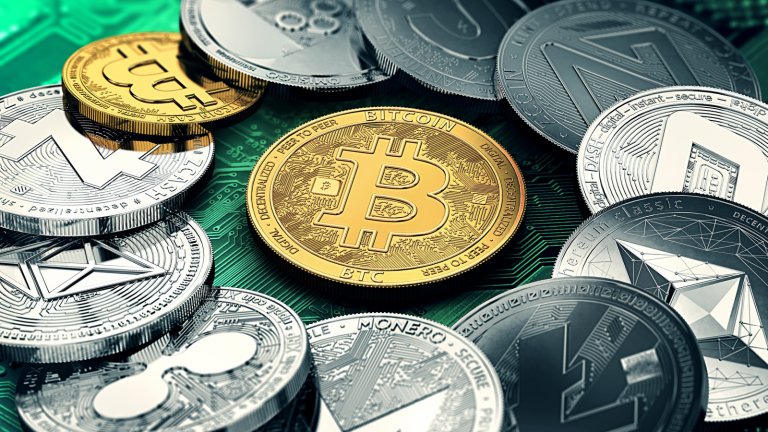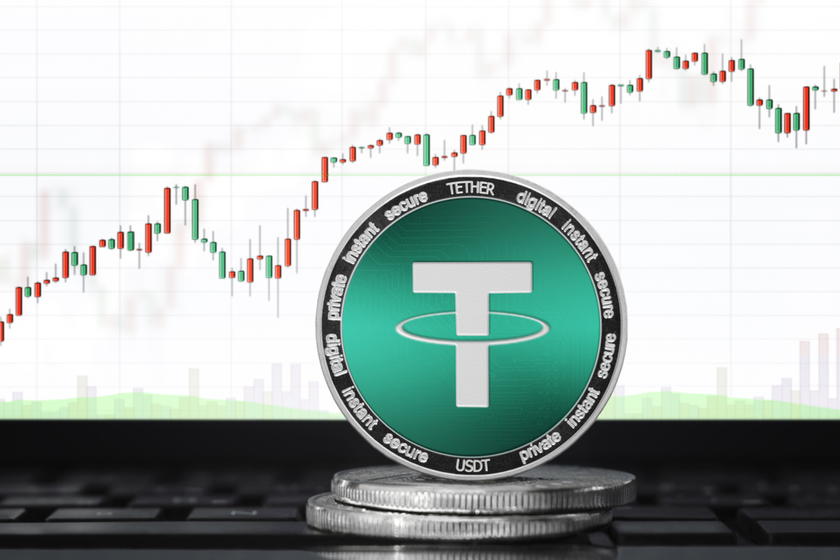Stablecoins. What is all the fuss?

Though bitcoin remains to this day as the most popular cryptocurrency, and probably will be for the foreseeable future. However, the problem with bitcoin and a lot of other cryptocurrencies is the massive price swings that happen. If we look into intraday trading with bitcoin, prices can rise and fall by thousands of dollars all within a few hours. Volatility like this can be great for traders, but for standard transactions conducted by buyers and sellers alike can become incredibly risky. This is where Stablecoins come in. In order to serve as a medium of exchange, a currency that isn’t legal tender must remain relatively stable, meaning that those who accept the stablecoin will retain some purchasing power in the short term.
At their most basic purpose, stablecoins try to tackle price fluctuations by tying the value of the cryptocurrency to other more stable assets, which are usually fiat currencies. Normally, the entity behind a stablecoin will set up a reserve where it will securely store the asset (or basket of assets backing the stablecoin). An example of this would be $2 million in a bank would be used to back up 2 million units of a stablecoin.
This is just one way stablecoins are pegged to real-world assets, where the fiat money in the reserve acts as collateral for the stablecoin. So when someone wishes to cash out their tokens, an exact amount of whichever asset is backing the stablecoin is taken from the reserve.

Types of Stablecoins
There are three main types of stablecoins based on the mechanism that is used to stabilise their value, which are:
Fiat-Collateralized Stablecoins – These stablecoins maintain a reserve of a fiat currency such as the U.S. dollar, as collateral assuring the stablecoin’s value. There are other forms of collateral, such as precious metals like gold or silver, as well as commodities like crude oil. However, most fiat-collateralized stablecoins have reserves of U.S. dollars. These reserves are maintained by independent custodians, which are regularly audited.
Crypto-Collateralized Stablecoins – Unlike fiat-collateralized stablecoins, these types of stablecoins are backed entirely by other cryptocurrencies. But due to the reserve cryptocurrency falling victim to high volatility, such stablecoins are over-collateralized. This means that the value of cryptocurrency held in reserve exceeds the value of the stablecoins that are issued.
Algorithmic Stablecoins – Algorithmic stablecoins may or may not hold any reserve assets. Their first function is the strategy of keeping the stablecoin’s value stable by controlling its supply via an algorithm. In many ways that’s not so different from central banks, which also do not rely on a reserve asset to keep the value of the currency that they issue stable. The only difference is that the central bank such as the Federal Reserve sets monetary policy that is based on important parameters.

What Are the Most Popular Stablecoins
Tether (USDT) – Tether is one of the oldest stablecoins, which was launched back in 2014, and is one of the most popular to date. It is also one of the most valuable cryptocurrencies overall by market cap. The primary use case for Tether is moving money between exchanges rapidly to take advantage of arbitrage when the price of other cryptocurrencies differs on two different exchanges. There are other useful applications for Tether that include Chinese importers stationed in Russia have also used USDT to send millions of dollars worth of value across the border, which bypasses strict capital controls in China.
Terra Luna (LUNA) – Terra Luna is a public blockchain protocol that emerged from the wreckage of Terra Classic. Terra Classic is an algorithmic stablecoin, which fell from a high of over $100 down to $0.00004 in May 2022 and ultimately resulted in Terra Luna being born. Terra will move away from its foundations of being an algorithmic stablecoin, and will focus mainly on preserving the Terra ecosystem with hundreds of developers working on different decentralised applications.
USD Coin – Launched in 2018, USD Coin is a stablecoin that is jointly managed by two crypto-firms called Circle and Coinbase through the Centre Consortium. Before its shift towards a mix of collateral assets, USD COin is pegged to the U.S. dollar with a circulating supply of almost $26 billion. Furthermore, by 2023, Circle has stated that it anticipates the supply to reach $190 billion.
USD Coin is a service to tokenize U.S. dollars and facilitate their use over the internet, as well as public blockchains. By tokenizing U.S. dollars it allows people to move them anywhere in the world in a matter of minutes. It also brings much needed stability to other cryptocurrencies and opens up new opportunities.

Potential Downsides
Although stablecoins bring a lot of positives to the crypto-market, there are also some drawbacks because of the way that they are set up. One such drawback is what is known as counterparty risk. This is the case if reserves are stored with a bank or some other third party. If this is the case, then we have to ask ourselves “does the entity actually have the required collateral?” This question has been put forward to Tether, since they claim to have a true 1-to-1 backing between USDT tokens and U.S. dollars. This can obviously affect the stablecoin’s price and confidence if the reserves that are backing the stablecoin turn out to be insufficient.
Cryptocurrencies were created in the first place to replace the use of any intermediaries that are normally trusted with a user’s money. However, by their very nature, these intermediaries have control over that money. For example, they have the ability to stop any transaction from occurring. That being said, there are some stablecoins that add the ability to stop transactions. For instance, USD Coin has a back door to prevent any payments that are used in any illegal activities, which actually happened back in 2020 when Circle froze $100,000 of the stablecoin due the request of law enforcement.